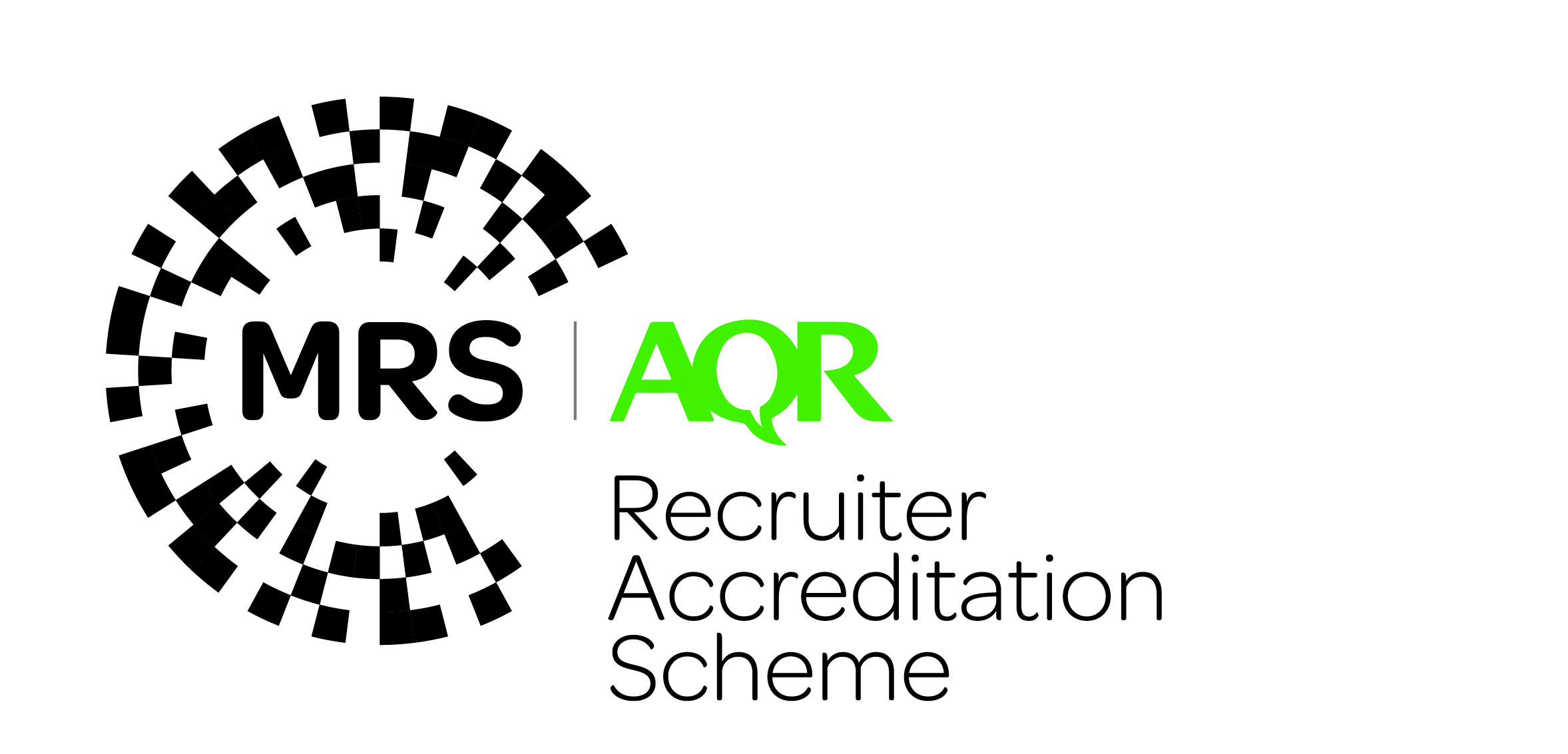All MRS websites use cookies to help us improve our services. Any data collected is anonymised. If you continue using this site without accepting cookies you may experience some performance issues. Read about our cookies here.
You are currently not logged in. Any progress made will be lost.
Collecting data on sexual orientation
There are some recommendations for language when collecting data on sexual orientation:
- Try not to make assumptions about the gender of someone’s partner or erase LGBTQIA+ couples with your language e.g., “feel free to bring your husbands and wives.” Instead, use “feel free to bring your spouses or partners”.
- ‘Queer’ is sometimes used as an umbrella term to refer to all people with non-heterosexual sexual orientations. Although it is a reclaimed term within the LGBTQIA+ community, it is still considered offensive to many and should only be used if necessary and appropriate. Ask how people want to be identified and be sensitive to differences in comfort levels.
- When talking about sexual orientation always talk about communities (plural). LGBTQ+ is a group of communities, not one community.
- For example, below are some suggested terms when collecting data on sexual orientation:
- Avoid using the term ‘Homosexual’ to describe people; the term ‘gay’ is now more generally used.
- It is advisable to avoid referring to a same-sex couple as a ‘homosexual couple’ or characterising their relationship as a ‘homosexual relationship’. It is preferrable to use ‘relationship’, ‘couple’ (or, if necessary, ‘gay couple’).
- Avoid using the term ‘sexual preference’ as this suggests that being lesbian, gay or bisexual is a choice. Sexual orientation is the accurate description of an individual's enduring physical, romantic and/or emotional attraction to members of the same and/or opposite sex and is inclusive of lesbians, gay men, bisexuals, as well as straight men and women.
- It is advisable to avoid using the general terms like ‘gay lifestyle’ or ‘homosexual lifestyle’. It is best to use terms like ‘gay lives’ or ‘gay and lesbian lives’. There is no single lesbian, gay or bisexual lifestyle.
The following are examples of how sexual orientation data can be collected:
Q. Which of the following best describes your sexual orientation?
(Source: adapted from the England and Wales Census 2021)
- Straight/Heterosexual
- Gay or Lesbian Bisexual
- Other sexual orientation, write in
- Prefer not to say
Q. Do you consider yourself to be…
(Source: Voices4All)
- Asexual
- Bisexual
- Gay Man
- Gay Woman/Lesbian
- Heterosexual/ Straight
- Pansexual
- Queer
- Prefer to self-describe: (open text)
- Prefer not to say


